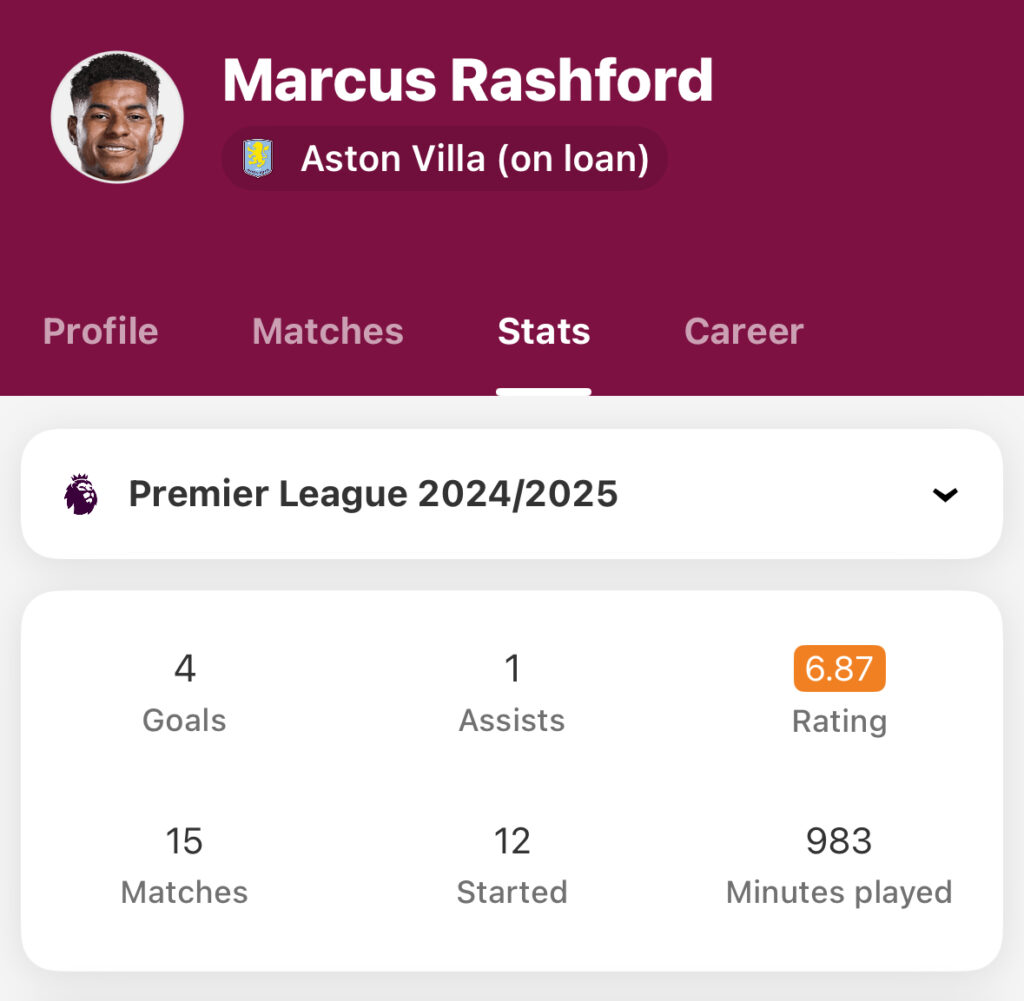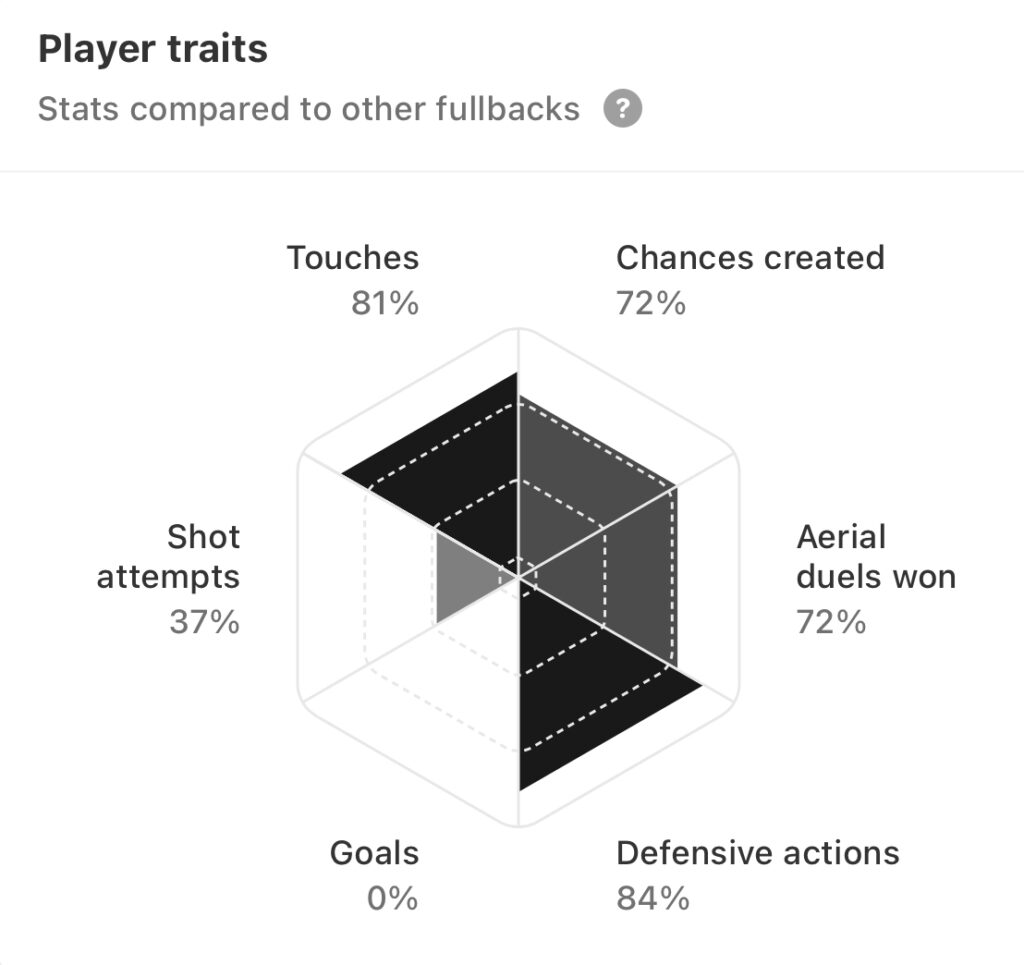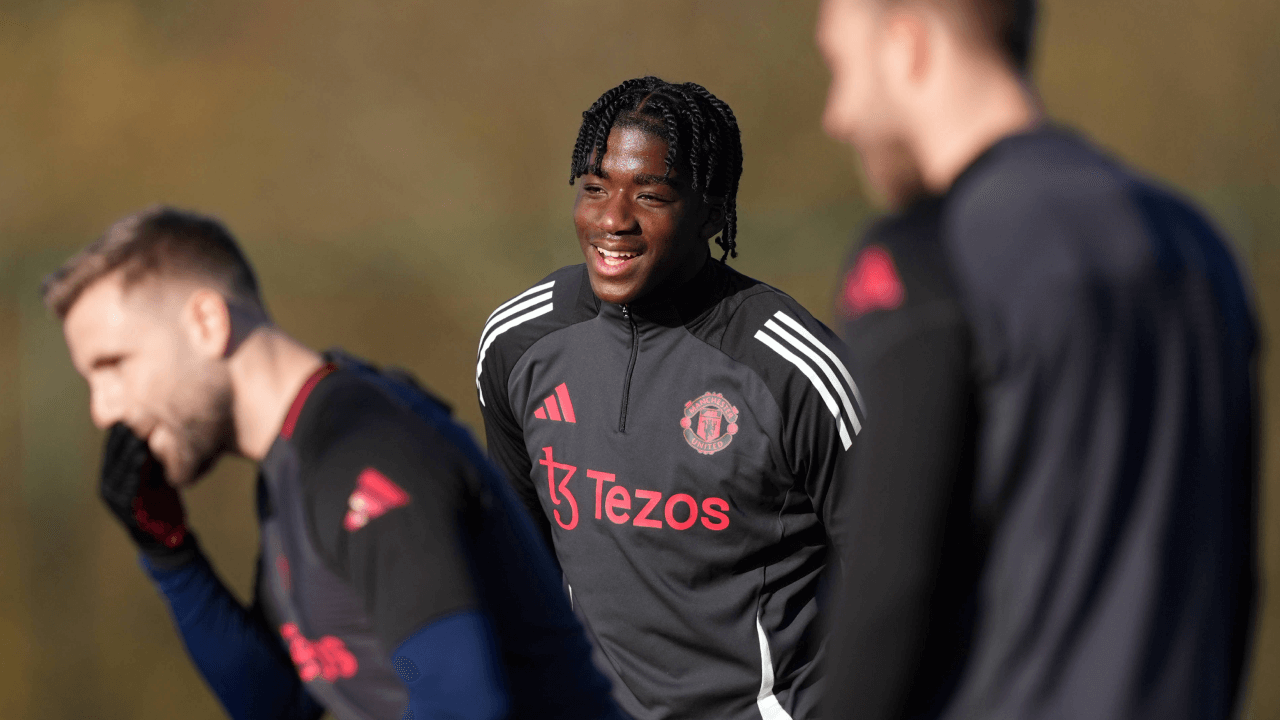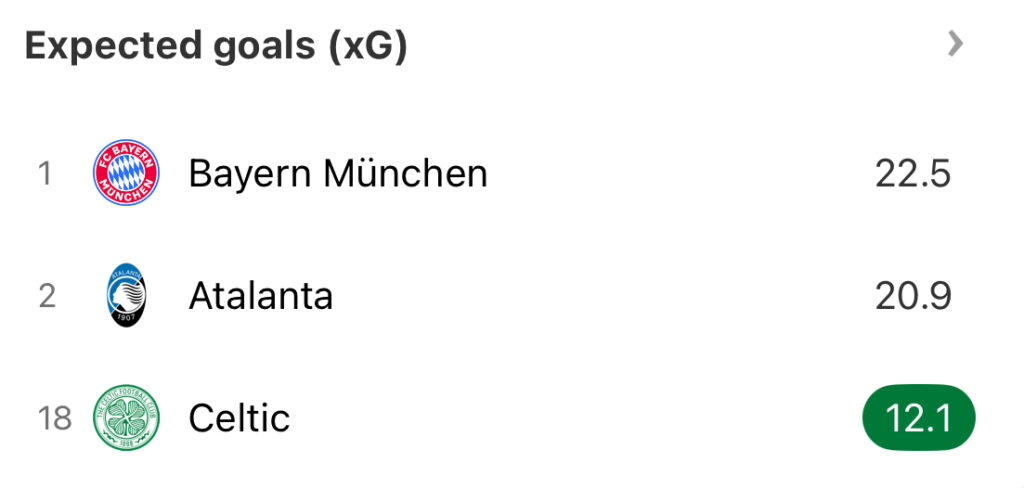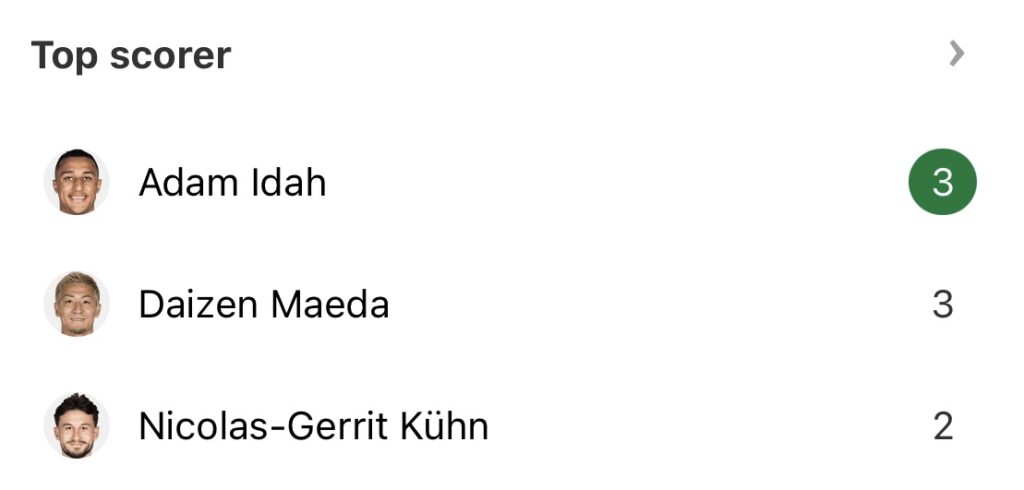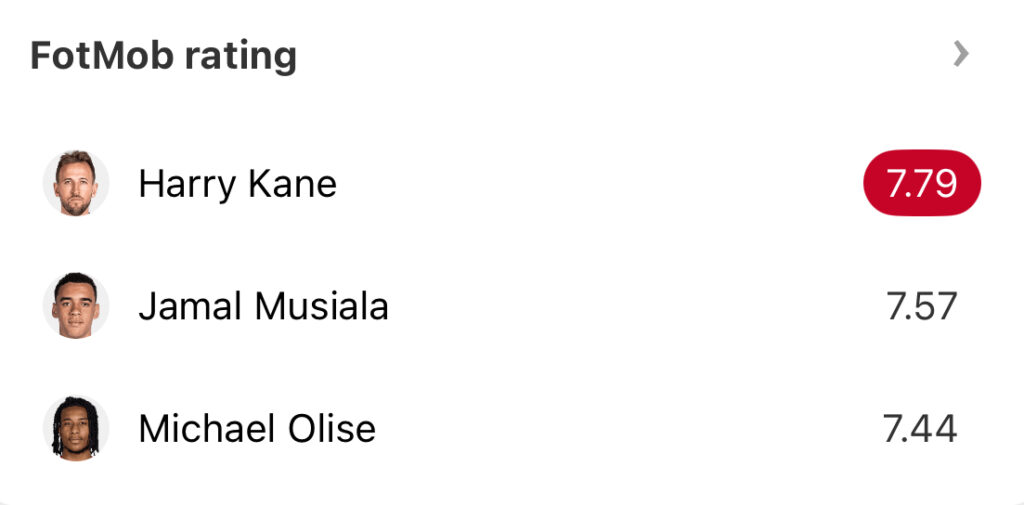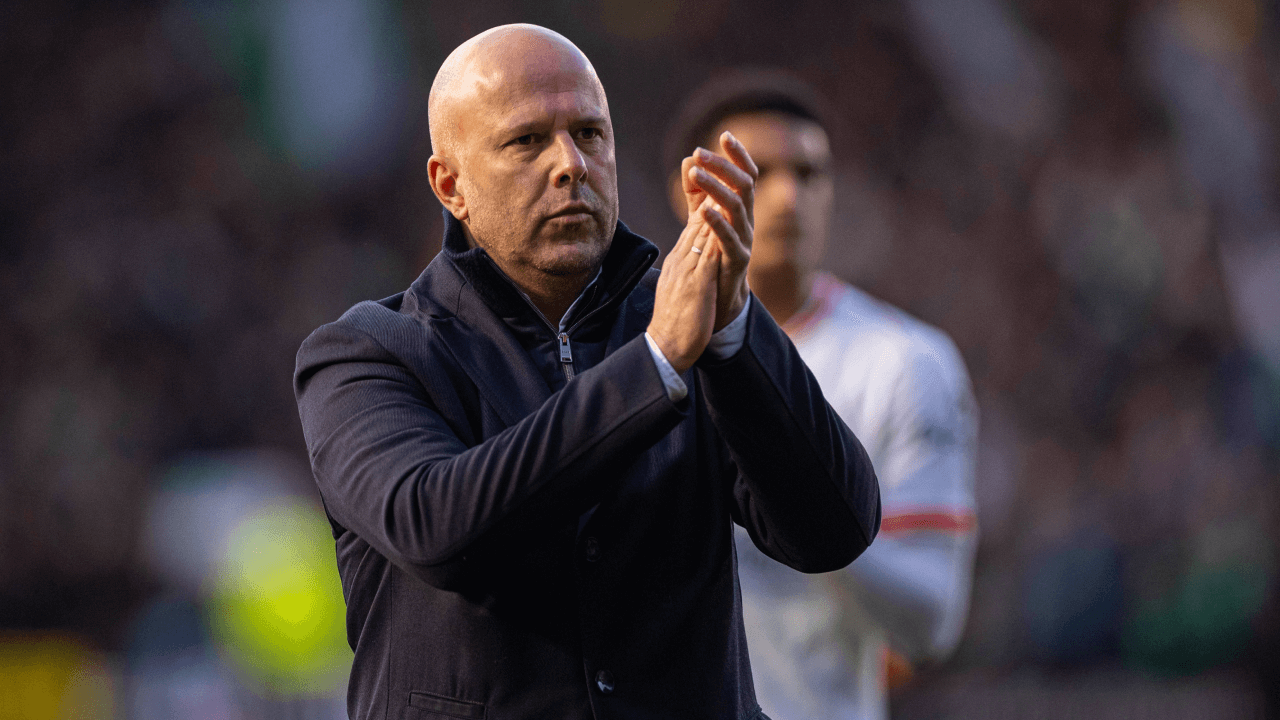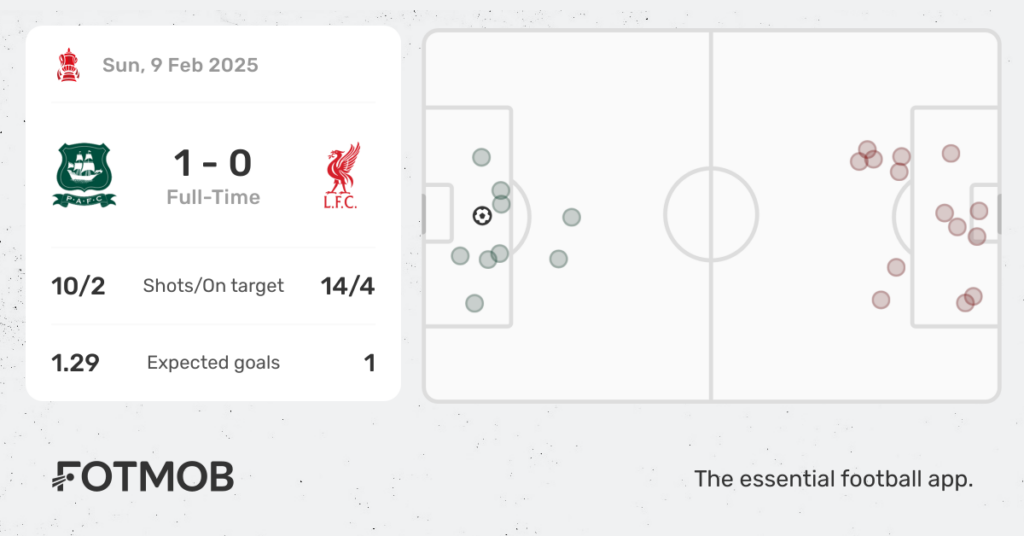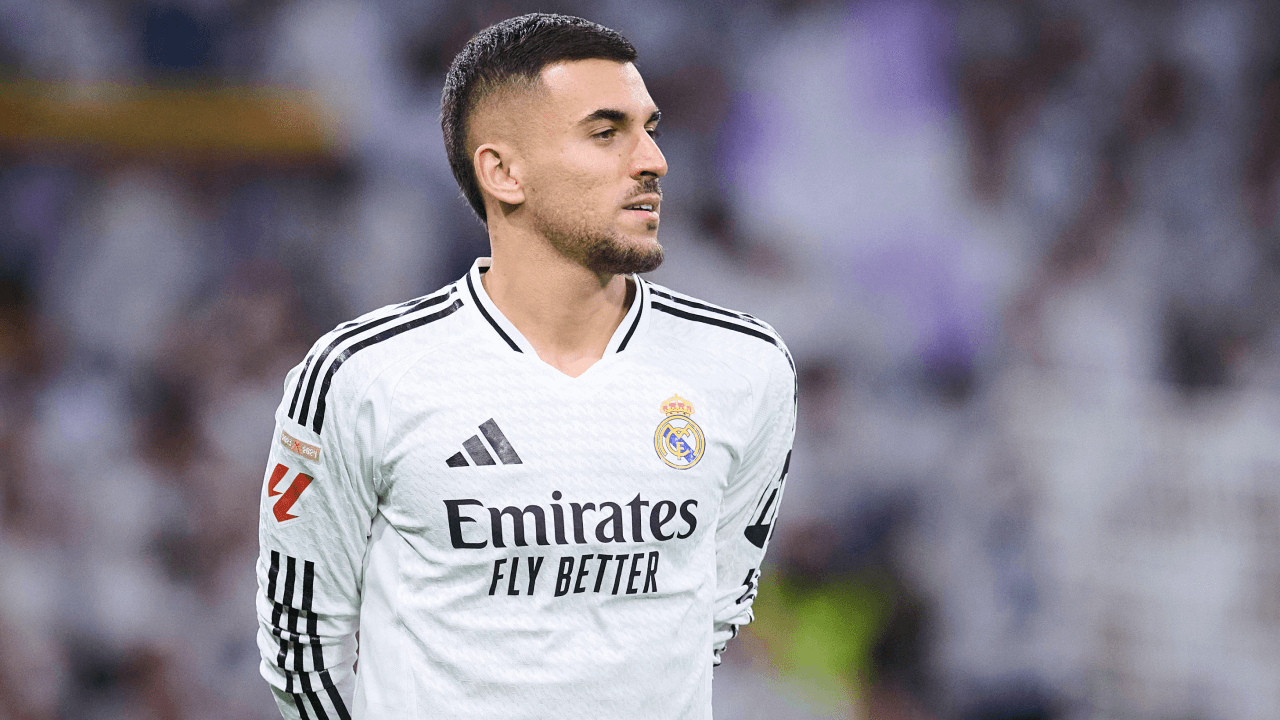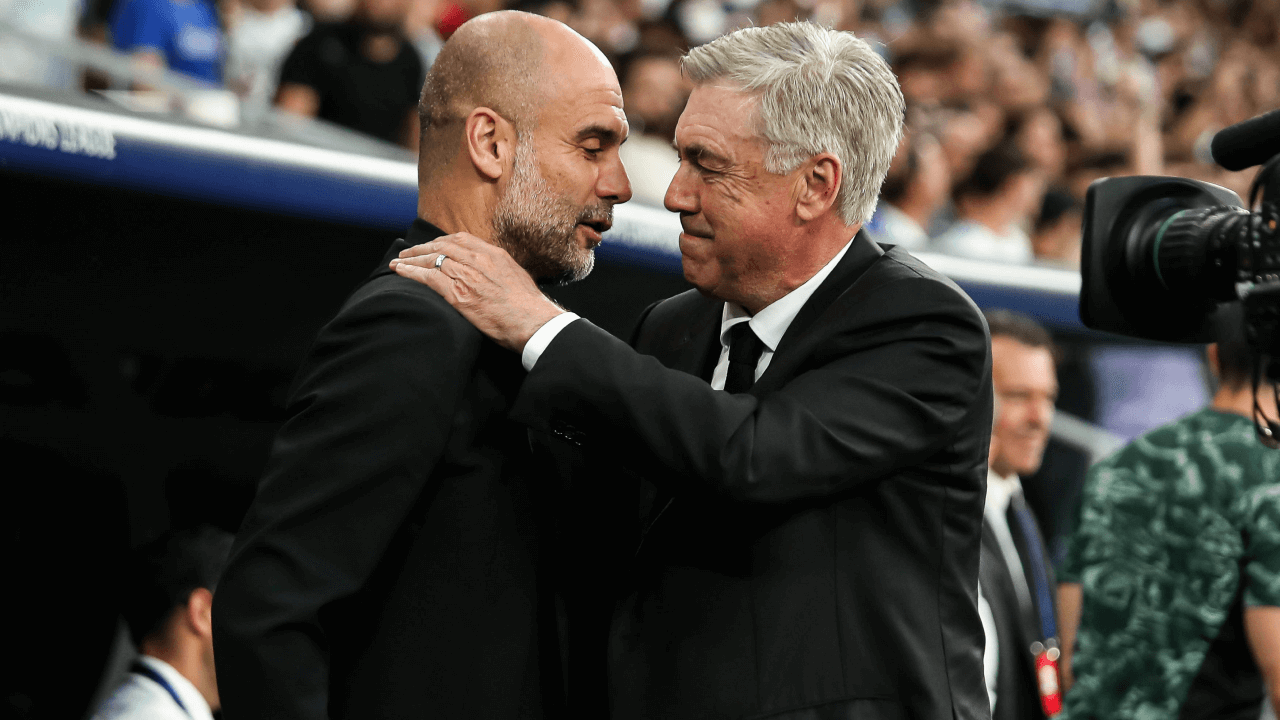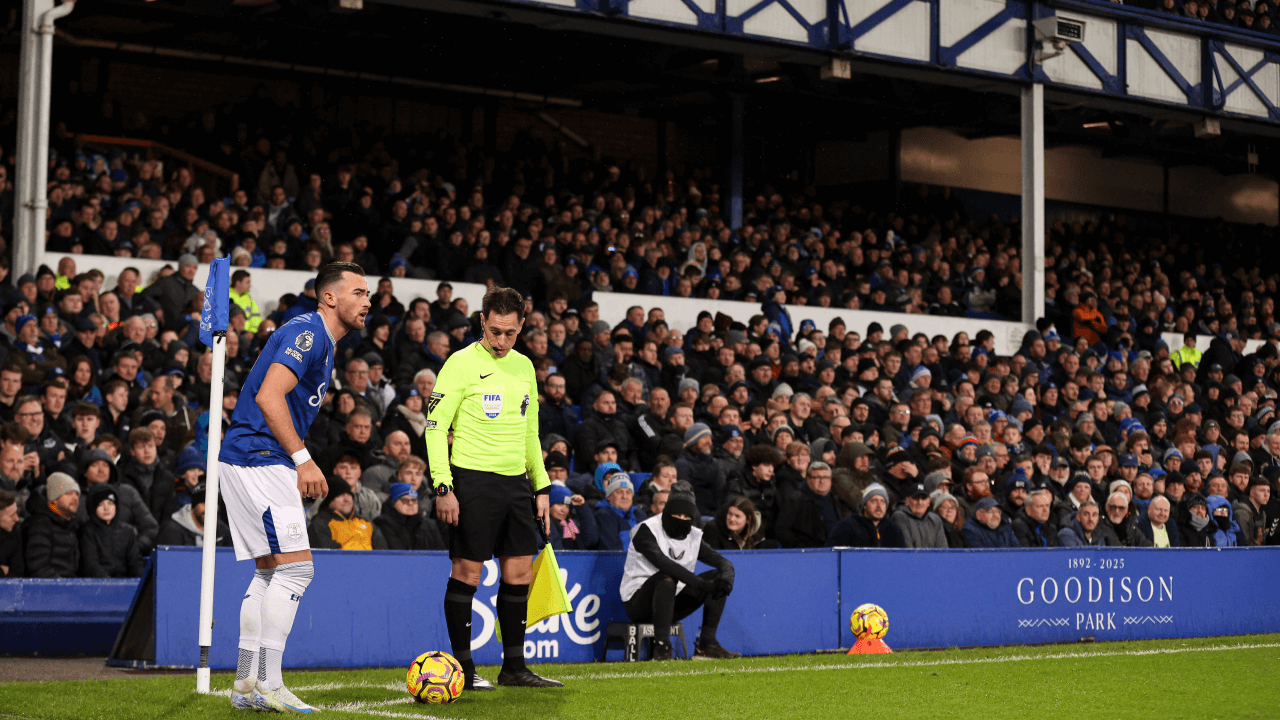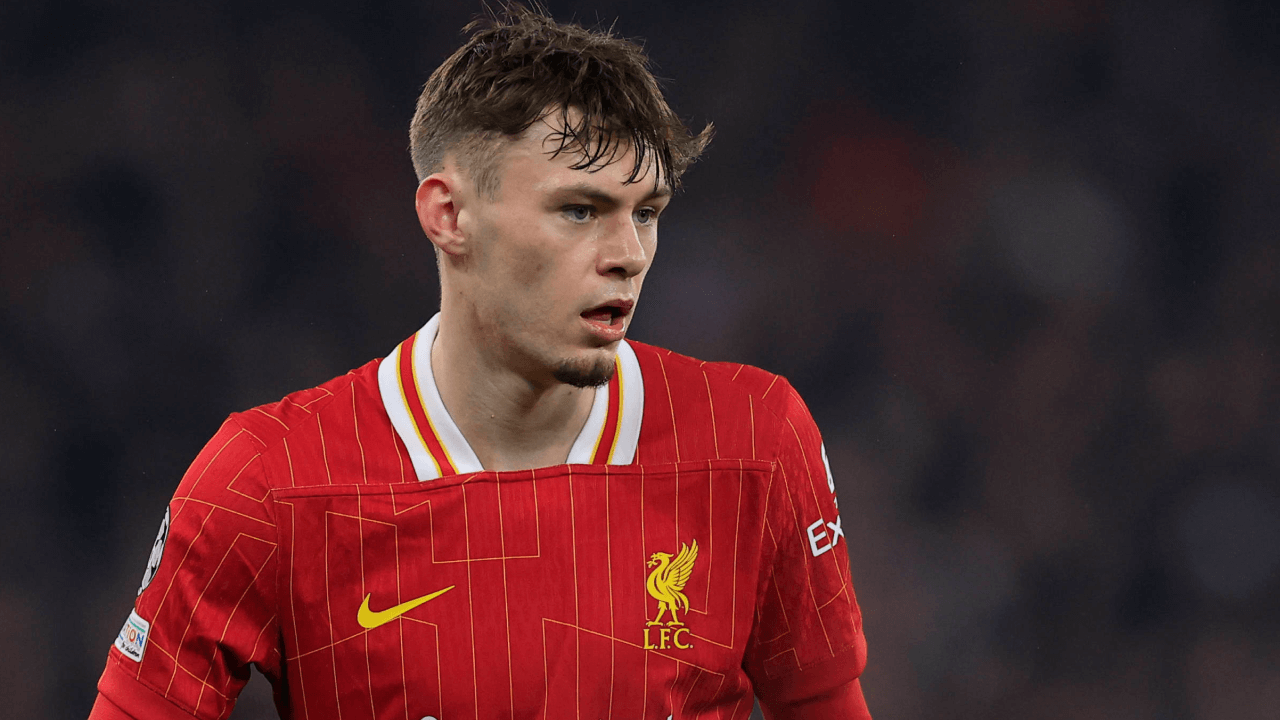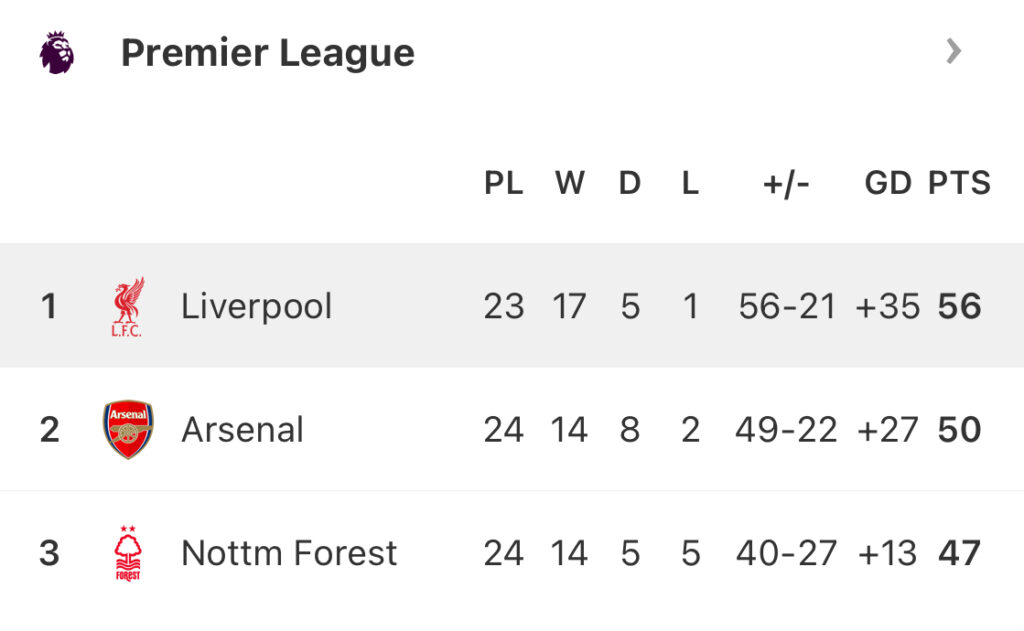It’s déjà vu for Brighton and Chelsea as the two sides face off on Friday, for the second time in a week, with the South Coast side beating the West Londoners 2-1 in the FA Cup, knocking them out of a tournament Enzo Maresca should have had his eyes on.
By Alex Roberts
There is no love lost between these two sides that aren’t quite rivals but kind of are as Chelsea travel south on Valentine’s Day. Maresca, who is in need of a result as his side’s rocky run continues, will doubtless be hoping to solidify Chelsea’s place in the top four.
There is only so much Cole Palmer can do
Last season, Cole Palmer almost single-handedly carried Chelsea to a sixth-place finish, he’s still their main man, leading the way for Premier League goals and assists. Unfortunately for the lanky genius, he continues to be let down by those around him.
Palmer has created more chances (66) than any other player in the Premier League season. He’s also created 32 chances since 4 December without registering a single assist in that time.
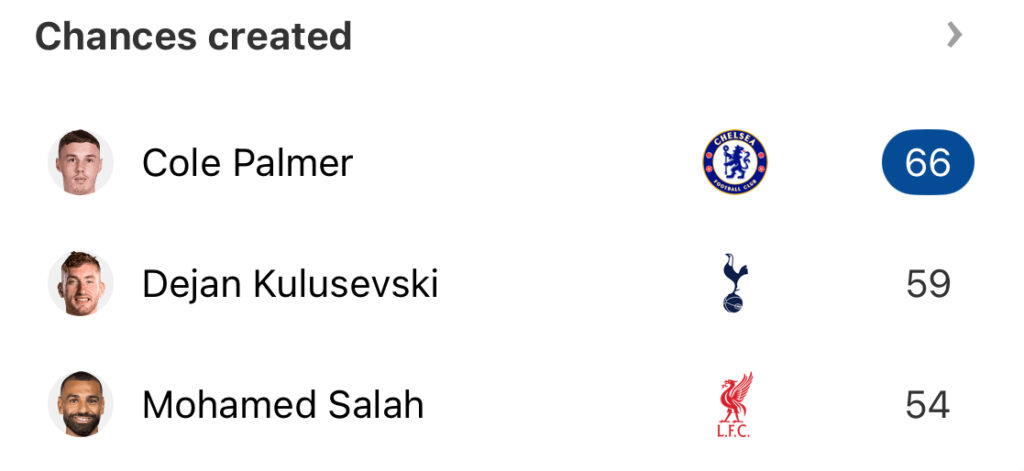
His body language is becoming more and more frustrated, it’s easy to tell he’s starting to lose a little faith in his fellow attackers. Chelsea fans will be hoping he doesn’t lose faith in the clubs ‘project’ too.
Which Brighton will turn up?
After an impressive start to the season, it’s been one step forward, one step back for Brighton. Their impressive 3-1 win over Man United at Old Trafford was undone by two consecutive defeats to Everton and Nottingham Forest.
Brighton were by far the better side in the two club’s FA Cup tie, despite Chelsea’s domination in terms of possession, but that doesn’t mean the same side will turn up on Friday.
Chelsea didn’t field their best XI, although a good chunk of them were in there. Should they add the final couple of pieces to the puzzle, it may throw the Seagulls off a little.

Burn out in central midfield
It’s wild that Chelsea have spent all that money but only have two top class options in the centre of the park. Enzo Fernández is clearly still getting to grip with playing in the Premier League, despite a purple patch earlier in the season, but the improvement is clear.
Outside of Palmer, former-Brighton player Moisés Caicedo has arguably been Chelsea’s best performer this season, making a massive 139 recoveries, 45 tackles, and 33 interceptions. He’s channelling his inner N’Golo Kanté, and the fans love him for it.
Caicedo is starting to look a little leggy though, and should the Ecuadorian pick up any kind of serious injury, Chelsea’s midfield wouldn’t just be exposed, it would be wide open.

The Georginio Rutter show
A few eyebrows were raised when Brighton decided to splash a club-record transfer fee to secure the Frenchman’s signature from Leeds, despite his impressive season in the Championship. It’s fair to say he’s silenced the doubters.
Rutter was the star of the show in the FA Cup game, bagging Brighton’s equaliser and providing the assist for Kaoru Mitoma’s winner.
He scored in the reverse Premier League fixture too. He clearly loves playing against Chelsea, don’t be surprised if he ends up either scoring or assisting against the Blues yet again.
Prediction
Brighton deserved their win the other day, but we don’t see them pulling off a similar kind of result on Valentine’s Day. We reckon the points will be shared, and it’ll be 1-1 at the AMEX.
(Cover image from IMAGO)
You can follow every game from the Premier League with FotMob this season – featuring deep stats coverage, xG, and player ratings. Download the free app here.


